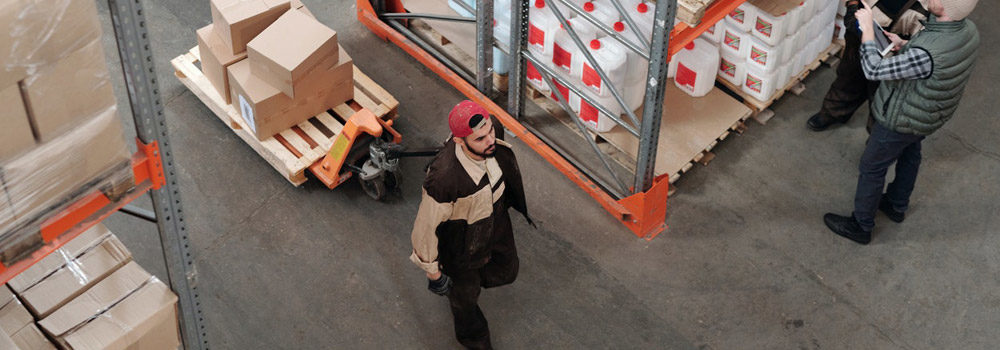Exploring Distribution in Business
Very few businesses do not deal with distribution in one way or another. Some businesses use distribution services every day, some rely on it heavily, and some are built around it entirely.
The process of moving one or more items from one place to another is essential to keeping businesses alive and interconnected.
Which businesses rely on distribution?
Without distribution, a baker, for example, would have to source every last one of their ingredients themselves, bake their products on-site, and only sell those products to customers who visit them within their bakery. No deliveries would be possible, either of flour and yeast to the baker, or of bread from the baker to their paying customers. In more than one way, business would grind to a halt.
Many businesses rely on distribution, including virtually all those who buy and sell anything. Distribution for small and emerging businesses begins on a local level, and these contacts should be cherished and respected even when a business outgrows its immediate area. No matter how big a company gets, it is unlikely that it will ever stop needing or relying on local distributors to take its products to consumers.
What makes effective distribution?
Distribution should be quick; it should bring the customer the right product at the right time and to the right place. Forming a successful distribution channel, then, is necessary. A distribution channel is the group of steps necessary to get the product to the right place, from manufacturing to purchase.
Effective distribution is likely to require the coming together of a number of important bodies and processes. Wholesalers may be necessary, the producing company will need the right resources such as machinery or workforce, the logistics company needs to transport the product to where it is going to be put on sale, and the vendor needs to effectively market the product so that it is sold. Effective distribution, therefore, is a collaborative effort of successful steps made by different parties.
The equipment needed for distribution
In order to improve and speed up distribution, certain equipment is necessary. One example of this is good-quality and reliable conveyor belts, such as those available from fluentconveyors.com. Having a high-performance conveyor can move products or materials quicker around the warehouse, while durable and reliable models prevent breakdowns in the distribution line, which can cause hold-ups.
How distribution could change in the future
Simply put, more and more businesses will require large-scale distribution. With online sales on the rise, the number of businesses looking to sell online is also likely to increase. This will require them to use nationwide or even international couriers and, if sales go well, bigger warehouses.
Another change in distribution is the speed and price at which delivery is now expected. Perhaps due to Amazon, delivery is expected to be cheap and almost immediate, and customer frustrations grow when it is much more or longer than the difficult precedent that has been set. Better machinery, a larger workforce, and more resources, therefore, are likely to be needed for distribution to be able to keep up with modern expectations.
Photo by Tiger Lily from Pexels































Share the post "Exploring Distribution in Business"